Including sketchnotes in my teaching
The first time I heard about sketchnoting, I thought it was a great way to enhance notetaking. I was looking for new ways for students to show understanding of concepts and I bumped into this strategy online. However, I was a little hesitant on how my students would respond. I didn’t know if they would reject the idea based on their own drawing skills, so I bought a couple of books to understand better how they could used and what they consisted of. Mike Rodhe (2013) defines sketchnotes as “rich visual notes created from a mix of handwriting, drawings, hand-drawn typography, shapes, and visual elements” (p. 2). In his book The Sketchnote Handbook, Rodhe writes that anyone can draw. I loved that! I, myself, have not developed my drawing skills YET, but I do know how to make basic shapes, so I took the plunge with my students. However, instead of using them for listening or lectures, I decided to try them out with flipped content and eventually for speaking and task preparation.
After two years of using sketchnotes as an active learning strategy in my classes, I think it’s time to share with you what I have done and what I have learned. I will share different ways they can be used to show how versatile this strategy is and how students’ creativity blooms when you create spaces for them to think and take notes outside the box.
Lessons with sketchnotes
These are some of the lessons I have used sketchnotes for:
- Talking about yourself:
Students think of three things that make them who they are and present them to the class.
- Describing mindset:
Students read a chapter about mindset to present it to the class.
- Describing your skills (for an interview):
Students think about all the skills they have which could be presented at an interview. The present to the class and answer interview questions from the audience.
- Show understanding of In-class flip:
Students watch two videos about in-class flip and demonstrate understanding.
- Discussing the concept of flipped learning:
Students read a chapter about flipped learning and show understanding and socialize through sketchnotes.
- Presenting punctuation rules:
Students are assigned a set of punctuation rules and must introduce them to the class.
- Review of academic writing topics:
Students are asked to present in groups the different topics seen in class as a review activity.
- Presenting learning strategies:
Students are assigned a specific learning strategy category (Rebecca Oxford) and present it to the class.
What I have learned
- It’s important to provide a model for students to fully understand what a sketchnote should contain.
- It works well as an individual, pair or group task.
- Having a box of markers comes in very handy.
- Sketchnotes can be made in different sizes. Decide which size you will use (poster, letter, etc.)
- They can be made with different material (paper, board, scratch paper, chalk)
- If students sketchnote in small size paper, you can
a) take pictures of their work and then project them for everyone to see.
b) do a gallery walk activity for a close-up look of everyone’s work. - Sketchnotes help students memorize concepts and make connections.
- They are fun to make.
- They bring out students’ creativity.
- They can connect to different language skills.
If you are hesitant (as I was), I encourage you to give it a try! You will be surprised by what students come up with. Hopefully, like me, you will discover this is a strategy you definitely want to include in your reliable teaching toolbox.














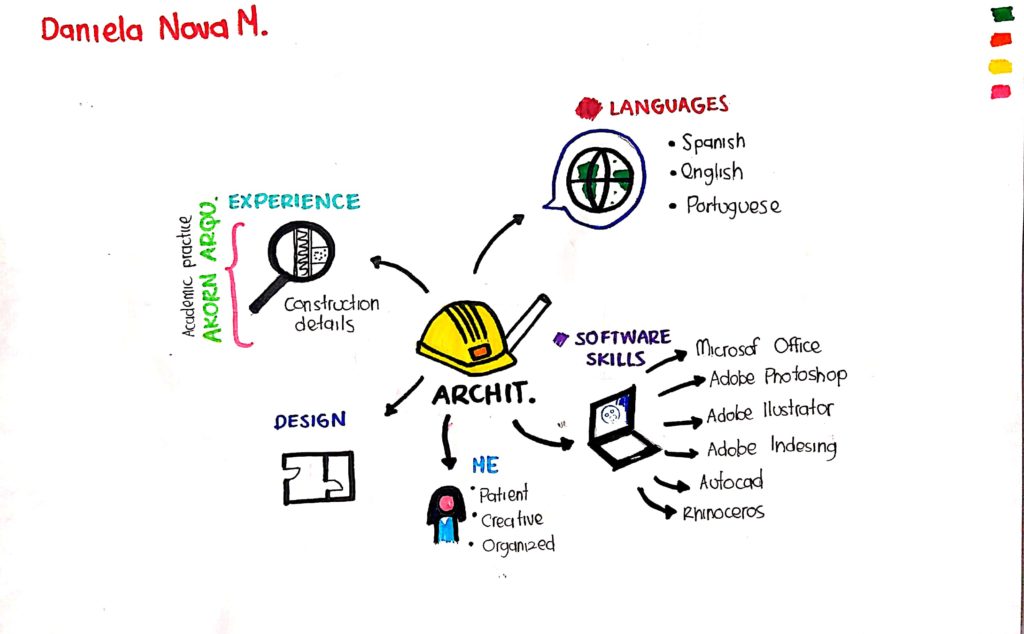
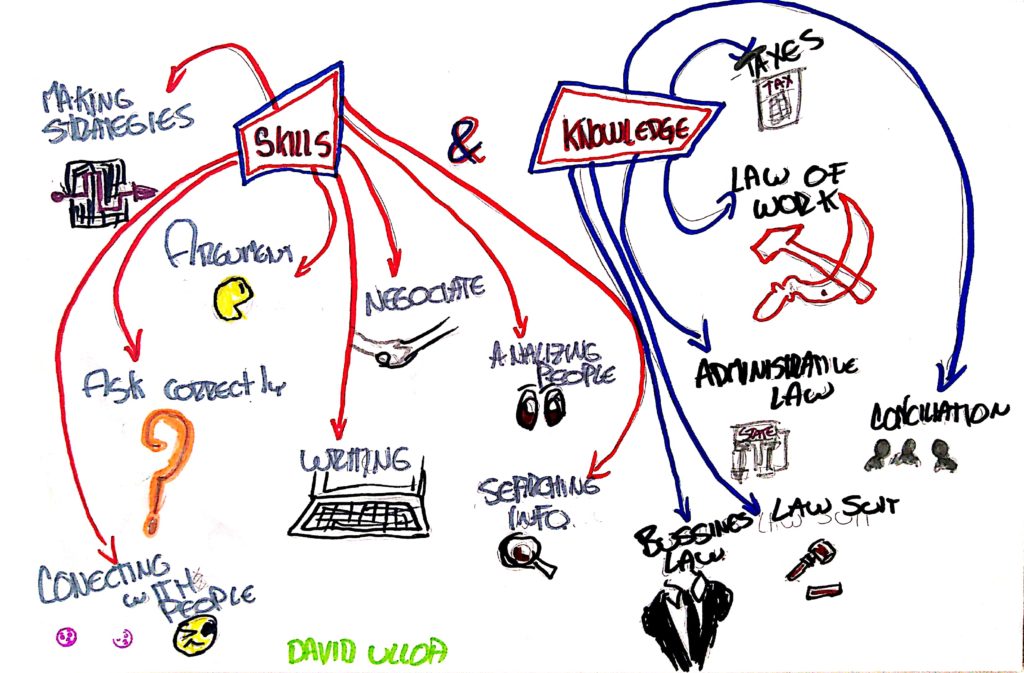





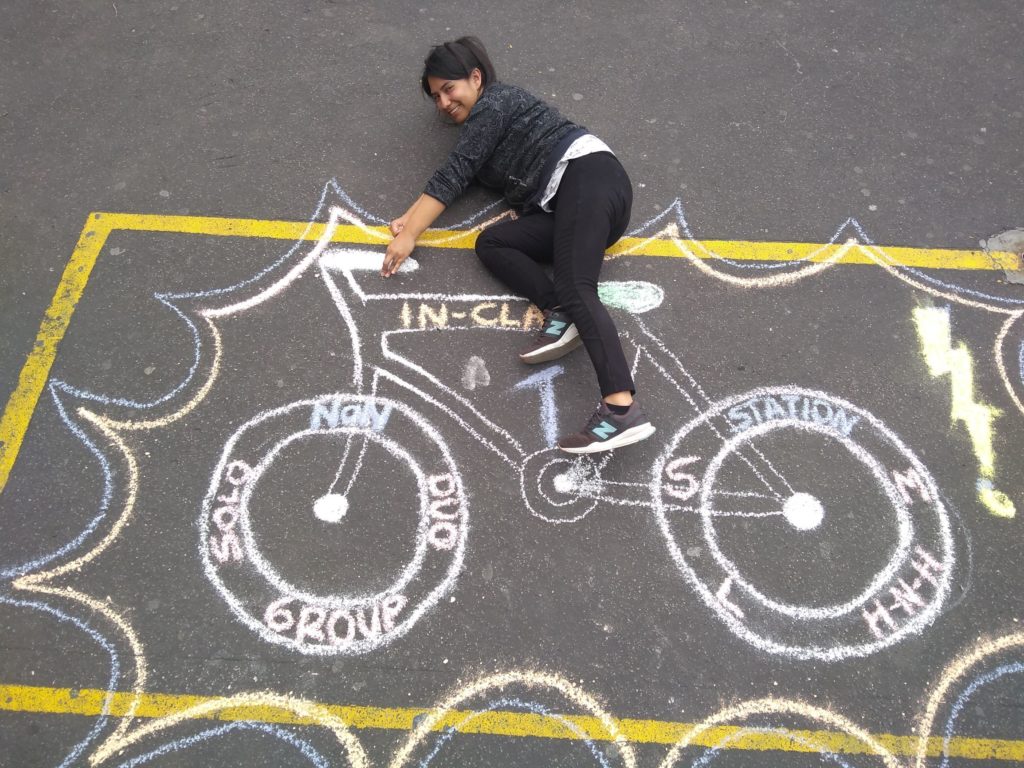
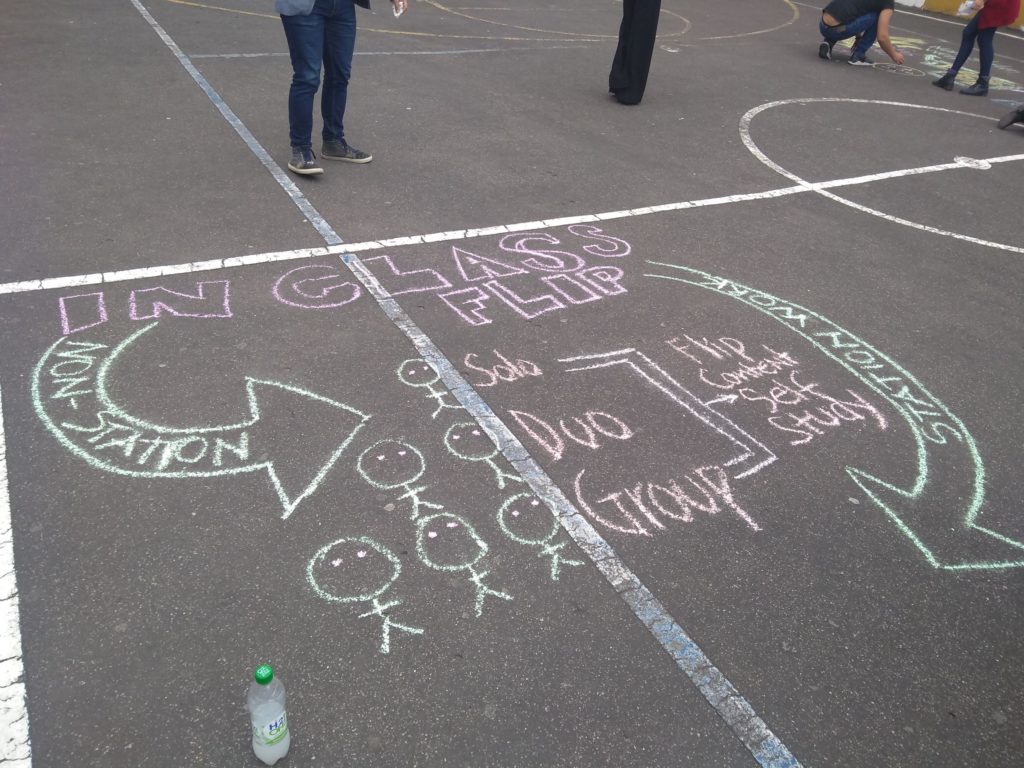







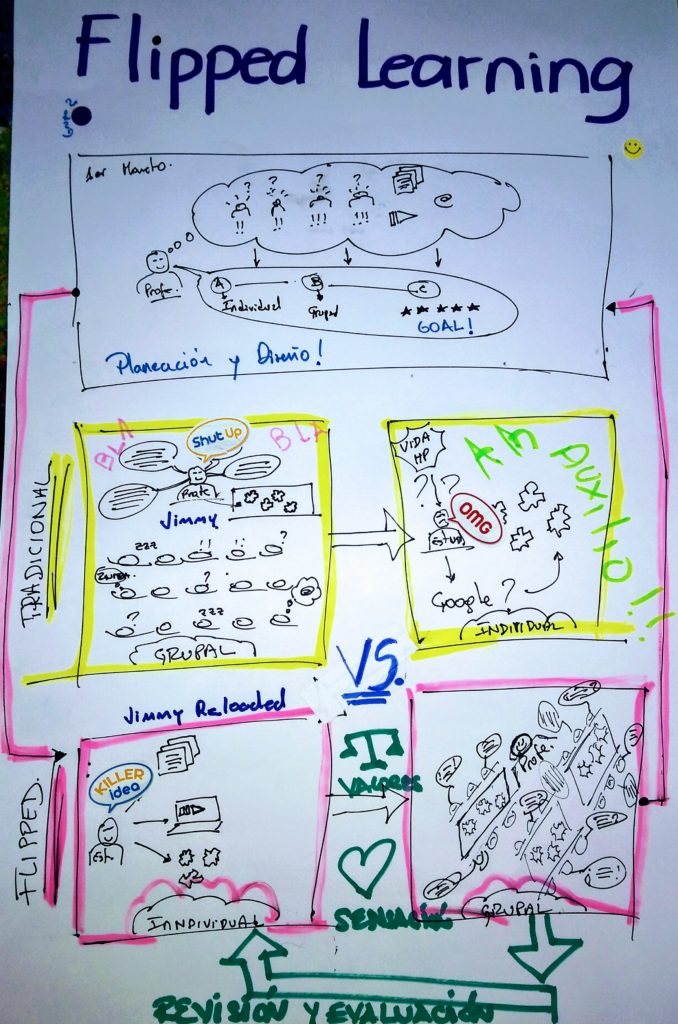

















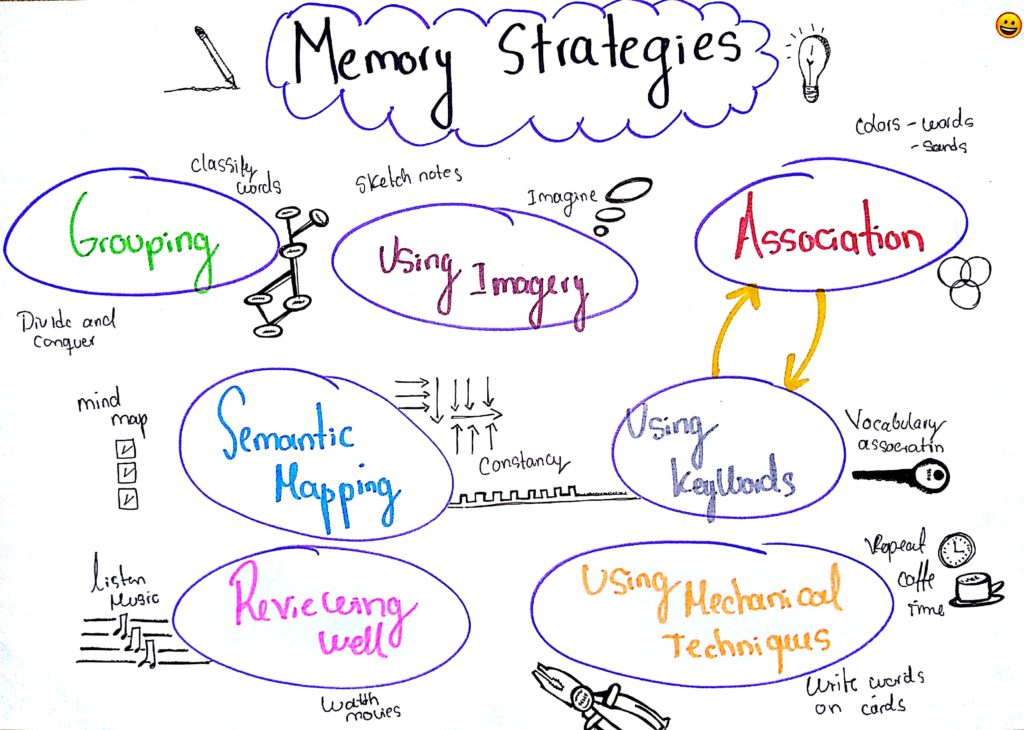
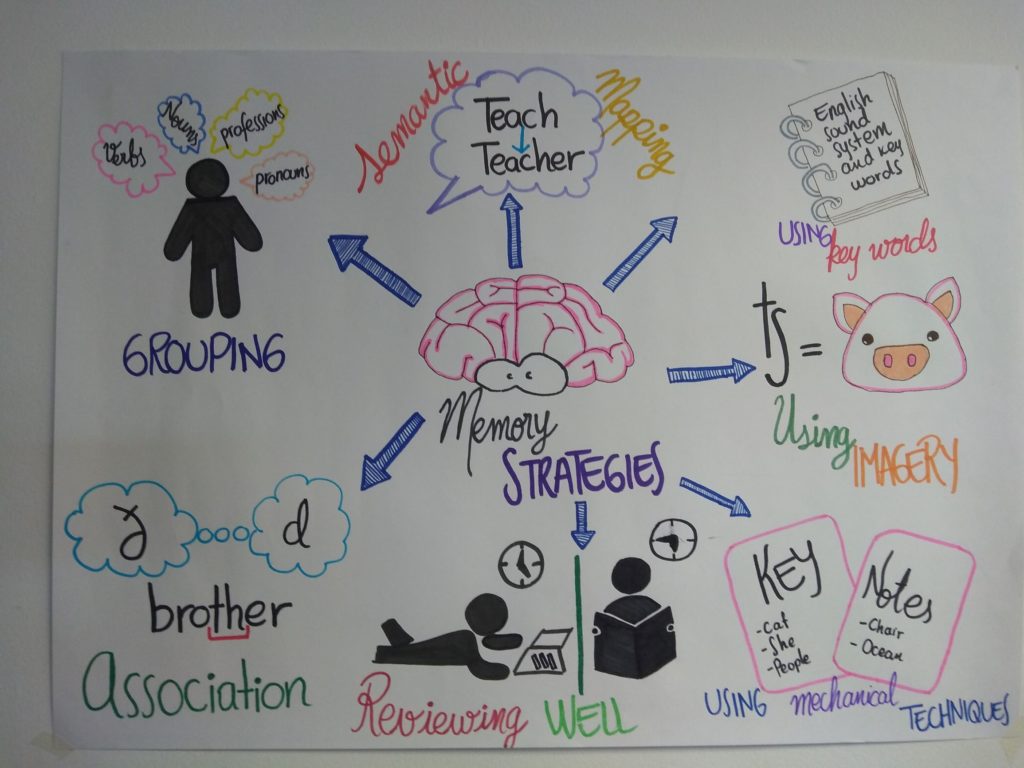



Hey Martha!! I love this idea, as all your ideas!! Do you do all your sketches by hand or do you use a FREE online tool? Thanks!
Thanks Astrid! They have been done by hand, but online sketches are coming soon!
Hello Martha,
The current situation has provided me with ample time to look for ways to improve my teaching. I have been teaching languages for years (currently English in a school of Digital art) but until this year I had never heard of the Flipped Classroom. An approach that I was asked to use without any prior training. Thanks to the internet I managed to find so many amazing resources and to come across inspiring people like you.
I wanted to thank you for sharing all these great resources with such passion!
At the beginning of the year, I invited my students, who are very much into drawing, to use drawing when learning new words in English instead of using their mother tongue. Thank you for introducing me to sketchnoting, I will certainly read the book by Mike Rohde.
Muchas gracias para todo!
Nathalie
I’m very glad you have found my blog useful! Thanks for your kind words Nathalie! I am actually trying out digital sketchnoting! This is a wonderful strategy whichever way we use it!